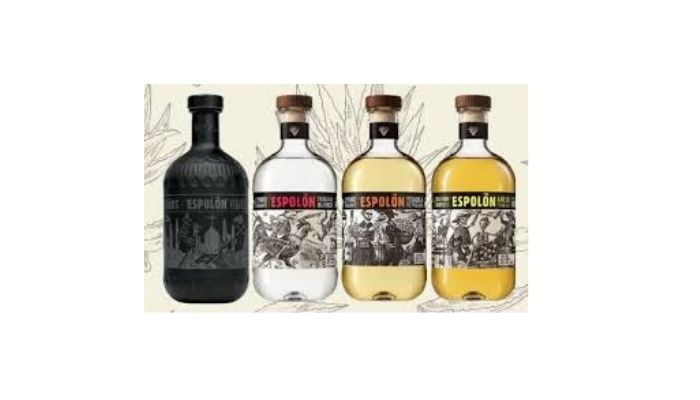Espolon tequila is one of its kind tequila, starting from its fermentation process to its label and bottling, before I give a detailed review of Espolon, let’s talk about tequila in general. Tequila is a semi-alcoholic beverage, that originated in Mexico. It was first produced in the 16th century. Tequilas contain alcohol by volume percentage varying from 38 to 55 percent.
Tequilas come in two colors clear (Blanco) and golden (oro) the only difference being the oro kind of tequila is fermented along with some sort of grain releasing the golden color from the grain used. Tequila is made out of agave, the blue kind of agave is harvested just for the production of tequila. As agave contains a lot of sugar and is sweet in taste the flavors that are noted in tequilas are sweet, fruity, and earthy.
Let us head back in time
This dates back to 1965, in Mexico when a man called Cirilo started working for a distillery called Ingenio Potrero. That is when he got to earn all the trade secrets, although he worked in the production of rum, he gained enough knowledge on spirits.
Starting from there, in his journey of learning spirits he moved to another distillery called the Oso Negro, and there he got to learn more about gin and vodka. Finally, in the early 90’s he got to work for another distillery called the Jose Cuervo where he got to learn about Tequila.
On one occasion when he got to see a new distillery open with the name Casa San Nicolas in the mid-’90s, he started working on crafting Espolon Tequila which launched in 1998. Espolon is a Spanish word that means spur. Espolon was later acquired by the Campari Group in 2009, which now is patented to manage the liquor brand.


What goes into making Espolon
Like any other tequila, even the espolon tequila is made out of blue agave and these are finely sorted to leave only the core of the plant to get into preparing the spirit. Organically sourced 100% blue agaves go into making Espolon.
Once all the leaves are removed from the plant, the core is cooked in a pressure cooker (which is unlike any other distillery). If the cooking is done in the traditional method over a brick oven, the smoke from the wood is going to get trapped in the agave leaving a smoking end product, but in the case of pressure cookers, the end product is more smooth.
All the oozed-out sugar from the agave cores is transferred into a vessel with the help of pipes, which are later fermented for the next 80 hours. The usual fermentation time or the quick fermentation time is noted to be 40 hours, whereas Espolon is left to ferment for a longer time creating depth in the flavor.
The end product is a semi-alcoholic liquid which is then put under double distillation to get a refined tequila. This espolon tequila is not left to age anymore and is bottled right away.
Read More: How Many Ounces in a Shot Glass
